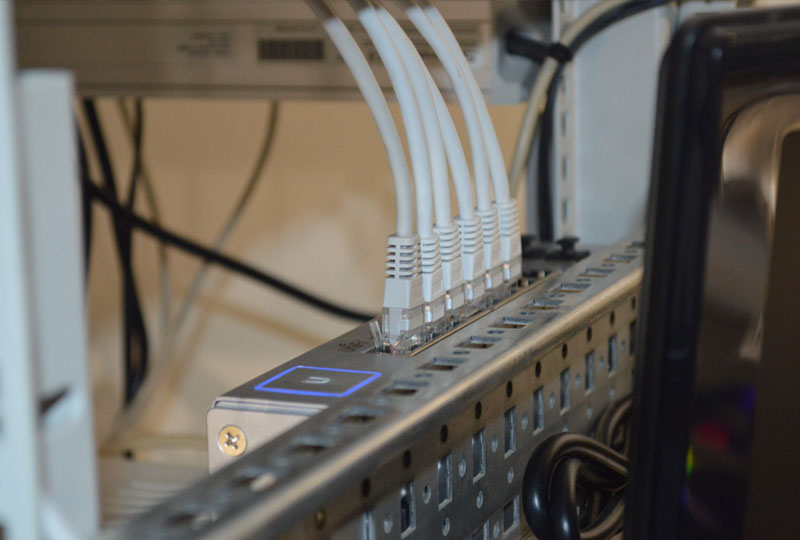The high availability of systems and load balancing are fundamental concepts in the area of information technology. Although they are related, they have different purposes and are applied in different situations.
Learn the difference between them and how they contribute to the availability and performance of critical systems.
What is systems high availability?

High system availability is the ability of a system to always be available and operational, without interruptions or failures. This is achieved through techniques such as redundancy, data and system replication, monitoring and fault finding, and disaster recovery plans.
The main objective of high system availability is to ensure a system is always available for use, minimizing downtime and preventing loss of critical data and services. This is particularly important for systems where downtime can have serious consequences, such as financial systems, healthcare systems or emergency systems.
What is load balancing?
Load balancing is the even distribution of network traffic and user requests across multiple servers or storage devices. It ensures that no servers are overloaded and system performance is optimized.
The main objective is improve system performance and scalability, distributing the workload across multiple servers to ensure fast and efficient response.
This is particularly important for systems where there is a high volume of traffic or requests coming from users or devices, such as e-commerce websites, video streaming services, or remote device management systems.
What's the difference between them?

High availability of systems ensures that a system is always available and operational, while load balancing focuses on improving system performance and scalability by distributing the workload across multiple servers.
High availability of systems often uses techniques such as redundancy and replication to ensure that a system continues to function even if one or more components fail.
Load balancing, on the other hand, uses techniques such as round-robin DNS, IP-based load balancing, or content-based load balancing to distribute network traffic and user or device requests evenly across multiple servers.
Conclusion
High system availability and load balancing are critical to the availability and performance of critical systems. Although they are distinct concepts, they complement each other and are equally important.

The solution Anlix's Flashbox, is the best option for your operation in the remote management of equipment at customers' homes. It is possible that the provider performs the traceroute directly in our tool and facilitates customer service. Learn all about Flashbox!
Why are they important for a CPE management system?
Internet providers need to ensure that the CPE management service is always available and operating efficiently. An interruption in this system could mean a increased cost of operation and customer complaints. To ensure availability, CPE management systems must employ high availability techniques to minimize downtime and prevent data loss.
It is also necessary to use load balancing techniques to distribute the workload among several servers and guarantee a fast and efficient response, ensuring system scalability. With this, the provider can increase the number of CPEs in the system while maintaining a low response time for the commands given to the CPEs.
In addition, internet providers need constant monitoring to detect problems and failures in real time. CPE management systems need to ensure means of managing and monitoring the system itself, so as to allow the provider to track system health, performance, traffic and other critical indicators.
Thus, high availability and load balancing are essential to maintain the stability and efficiency of a CPE management system, while the monitoring and management of the system itself are necessary to quickly detect and correct problems, minimizing costs. negative impacts on the provider's operation.



Leave A Comment